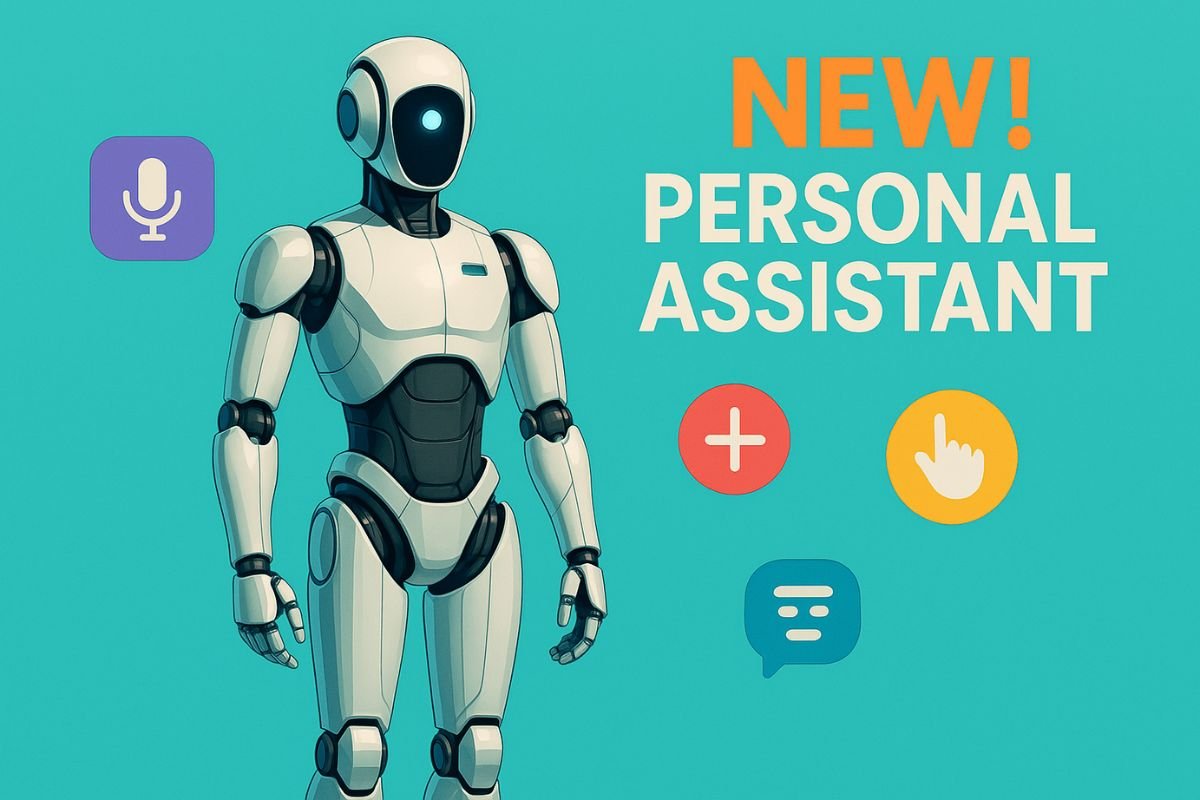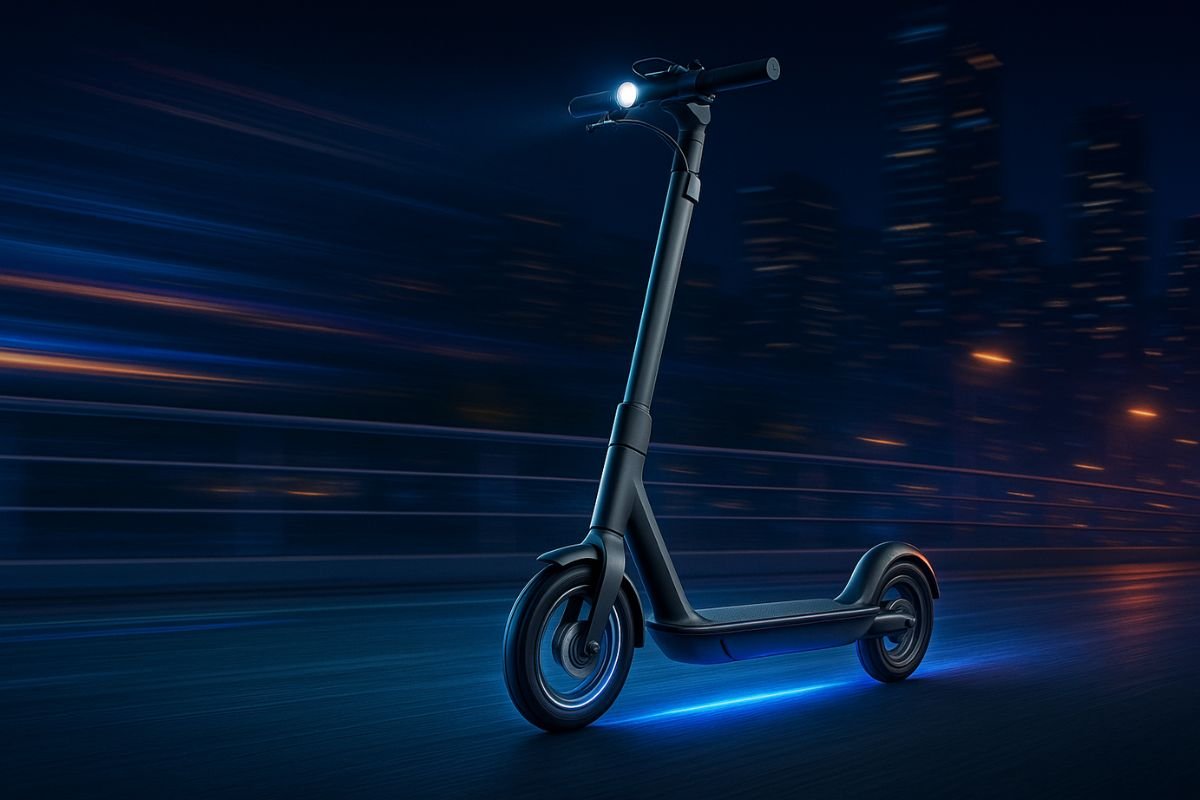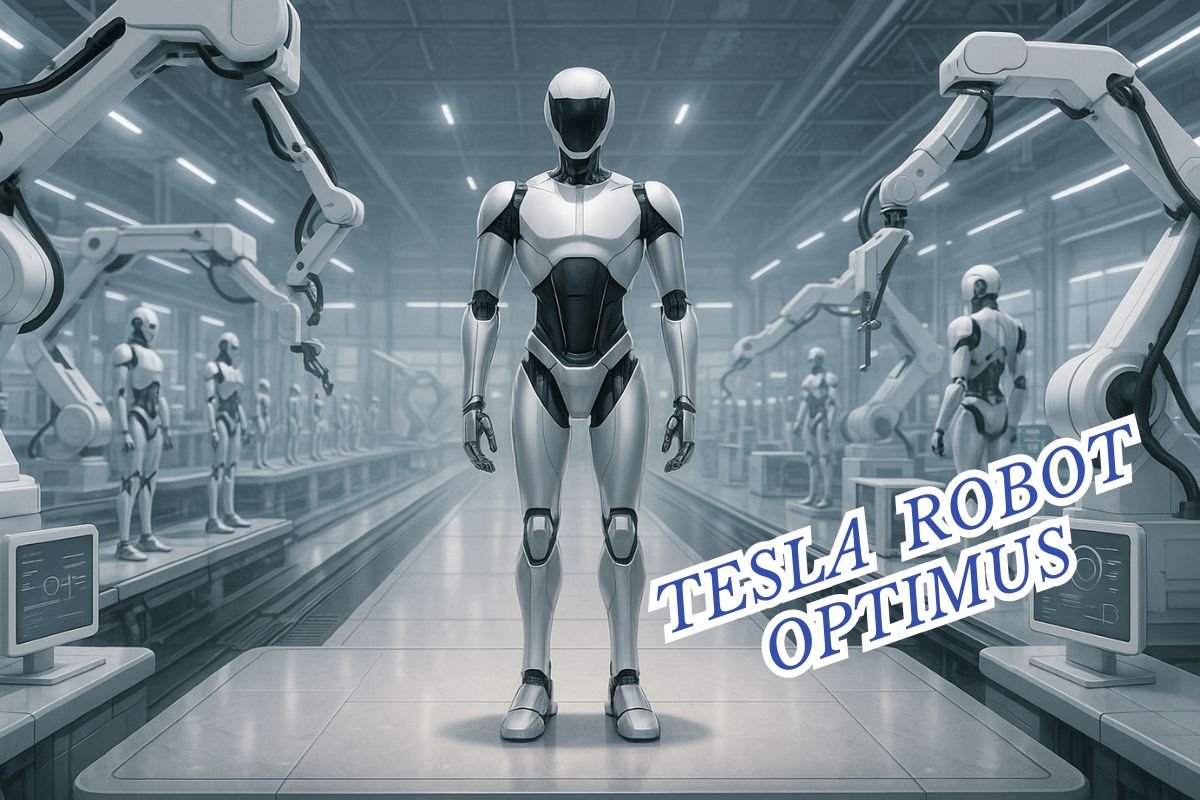A brief overview
For many years, humanoid robots have been representative of futuristic innovation – and outrageous price tags. However, this week, Shanghai-based startup Unitree Robotics flipped the script and has now introduced one of the first affordable humanoid robots in the world (Unitree R1) selling for approximately $5,900.
The R1 is an operating robot — weighing just 25 kilograms and outfitted with 26 joints and multimodal AI (including visual and voice recognition) — designed for real-world use in industrial, as well as home, applications that cannot only disrupt the industry but potentially upend it entirely.
Cracking the price barrier in consumer robotics
Most humanoid robots have been priced far above the reach of consumers – models from the leading labs and companies often costing upwards of $100,000. Unitree’s previous generations, the G1 and H1, had been targeted to labs and research institutions respectively; those models initially started at $16,000 and well over $90,000.
However, the R1 is pivotal. Unitree is not only pushing robots into a price category for the public and breaking down robotic price points — they are metaphorically pounding the gavel that China is making a serious bid for supremacy in the global AI and robotics race.
AI, automation and the great Chinese tech revolution
The R1 debut coincided with China’s biggest artificial intelligence conference, attended by government officials, investors, and technology innovators, to discuss the robotics industry. China feels the need for speed and is serious about taking over the world by ushering in this new era of intelligent machines.
With state-supported R&D incentives, private companies like Unitree are moving faster than many in the West (especially when it comes to making usable, scalable and affordable robotics).
A path toward mass market adoption – Affordable Humanoid Robot
If industry analysts project, within 2–3 years, humanoid robot prices like the R1 may decline to $4,000 or by that time even lower. Those price shifts would promote adoption in factories or labs, but also in households, retail, and healthcare — areas of automation where aging populations need support, labor gaps need addressing, and product conveniences can be more readily accessed.
You may also like:
Unitree is not alone; there are other Chinese companies like UBTech reportedly in development of humanoids priced comparatively at $20,000 for home uses. However, Unitree from the launch of the R1, priced a faction of that and is a game changer.
Why reachable humanoid robot matters
In the broad scheme of things, the R1 launch was not simply a product announcement but an indicator of greater potential; customers would now be able to purchase robots at a pricing category potentially opening a market that in the past was typically reserved as laboratory devices.
Unitree, if they succeed with this endeavour, will not only provide headlines about an affordable humanoid robot. They will have laid the groundwork for many steps where the first mention of robots as assistants or teachers become a reality, where we can integrate robots into our daily routines from something we see in science labs to our homes.





















